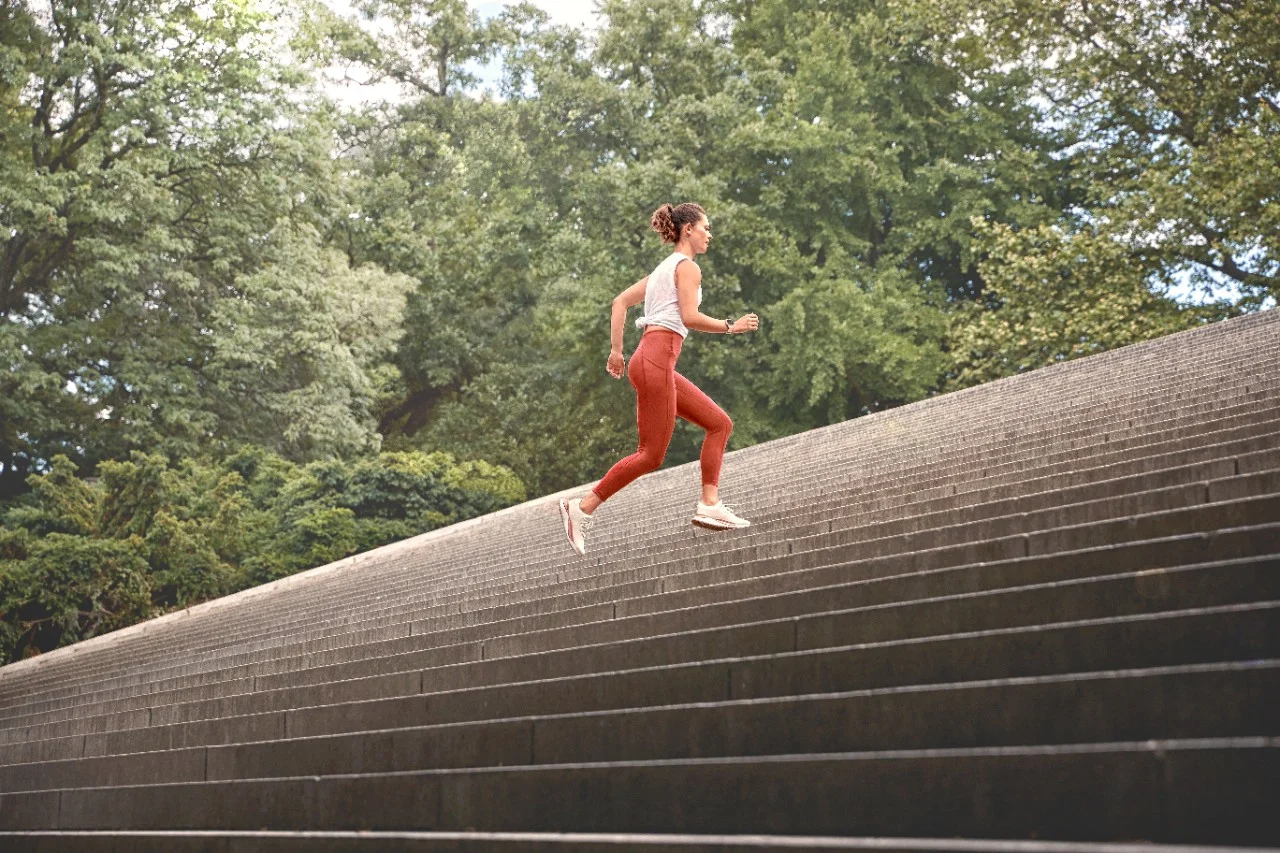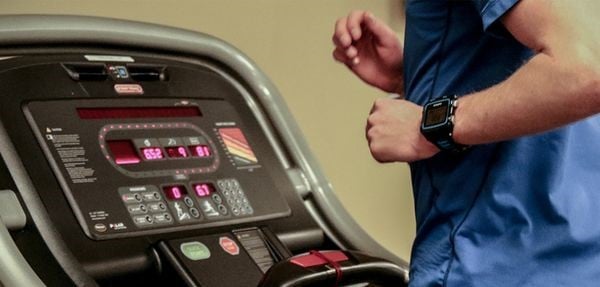
All You Need to Know about Treadmills
The invention of the treadmill helps many busy people to exercise quickly and conveniently. As it doesn’t occupy a huge space, it can be seen in many communities and homes. You can adjust the speed, watch drama while you exercise, and not have to worry about the weather outside. More importantly, a treadmill at home can help you avoid the dangers in public places. This makes it a good solution for running.
Can treadmills replace running outdoors as training for running competitions?
Actually, there is still a big difference between the two in the “running” exercise mode. When running outdoors, we mainly rely on the power of the leg pushing off the ground to move the body forward. In contrast, the treadmill allows us to step out on the continuous track, causing the training of the push of the leg muscles in outdoor running to be missing.
When running outdoors, our leg muscles will learn to adjust to the different surfaces and their various undulations. The environment of the treadmill is comparatively simpler and, therefore, it also misses the opportunities to let the muscles adapt to stimulations.
Although it is difficult for the treadmill to completely replicate actual outdoor running, it can still achieve the effect of corresponding stimulation training for cardiopulmonary ability. Basic jogging, hill running, and interval running can all be completed on the treadmill.
How Do You Choose a Treadmill?
1. Shock Absorber
A better treadmill has a certain degree of shock absorption effect. The special design can make the treadmill have better cushioning capacity than the asphalt outdoors, which decreases the burden of the foot a little. This is very important especially for novice runners whose muscle strength is not as well built. The more advanced runners can also safely increase their running distance with a treadmill.
2. Mute
The continuous track of the treadmill is mainly driven by a motor. Hence there is bound to be noise. Along with the landing sound of the runner’s foot, it will have varying degrees of sound interference for neighbors. This reference point is particularly important in highly-populated areas. There are however, specifications required for treadmills. For a treadmill to be qualified, when it is idling at 5 km per hour, the noise measured at a distance of 1 m away should not be greater than 70 decibels. As for more advanced mute effects, then it depends on the different brands and different prices.
3. Width of Continuous Track
The width of the continuous track and the length of the treadmill determine the comfort of running. Generally speaking, in a normal running posture, the extension width of the footsteps is equivalent to the width of the shoulder. Therefore, the continuous track of the treadmill must at least exceed the shoulder width, which is usually at least 45 cm. Of course, the longer the equipment, which means there’s room for adjustment, the better the comfort level will be.
Practical Tips for Treadmill Training
If the concept of the treadmill still remains at being a backup plan for not wanting to go out to run on rainy days, that would be a bit unfortunate. Next, we’ll be sharing some tips for treadmill training:
1. Relaxed Running
We already know from above that the long-term training mode on a treadmill will be quite different from the training outdoors, as the effect from simulation is limited. We may want to adjust the slope to 1-2% here. This approach can effectively increase the proportion of the push from our feet and can simulate actually running outdoors more.
2. Hill Training
Uphill training can stimulate our heart and lungs, and can reinforce the use of muscle strength and nerve of the thigh muscles. However, after going uphill, you are bound to face downhill. We’re not here to completely deny the benefits of going downhill. Downhill can strengthen our hamstring muscles, as well as train our hip extension, but, at the same time, the downhill slope also has a great impact on our muscles and bones, which can easily cause sports injuries of novice runners.
Then, is there a way to simply obtain the benefits of going uphill and avoid the risks of going downhill? The treadmill is a good choice. It allows you to walk down safely after an hour of continuous uphill training. There is even a top runner abroad with a marathon score of 2:12 who chose to use a treadmill to train by adjusting the slope to 5-6%, and running a long distance of 30-32km on it, because with the outdoor conditions, it is almost impossible to find a stable uphill slope with such a long distance where the athlete could practice.
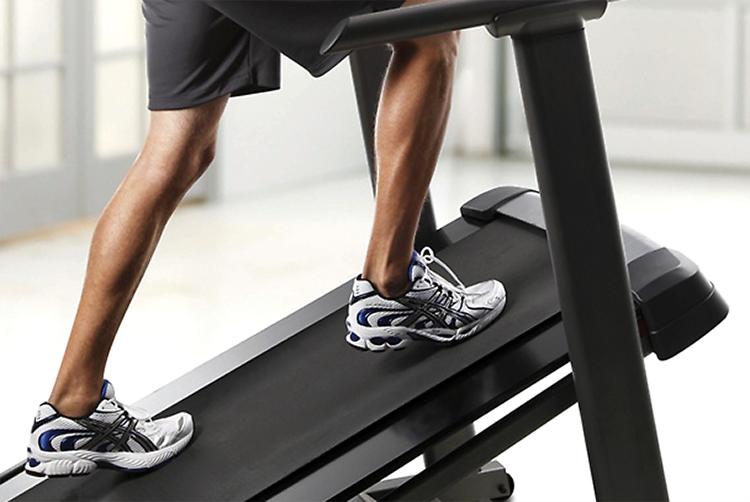
3. Interval Running
Many people are wary of running interval training on treadmills. It is true that if you are just a bit careless, you might fall flat on your face. On more advanced treadmills, you can directly set the interval running schedule. Actually, you can still carry out the interval running schedule on treadmills without this setting.
Due to the slow speed change of the treadmill, it takes about 10-15 seconds to complete the change. After fully jogging to warm up, let 10 seconds pass by after you adjust the setting to the target pace before the start of the interval run. Of course, there’s also a relative 10-second delay after completing a single set training.
If you use the fully-rest method, you can jump directly off of the continuous track at the estimated execution time. If you use the run-rest method, you can quickly adjust the pace to the jogging pace between the sets and wait for about 10-15 seconds. When you are about to execute the next set in the training schedule, then, in the same way, adjust to the faster pace and wait for a while.
One thing to take note of here is that if you are entering the next set of training from the fully-rest method, do not jump directly onto the continuous track of the treadmill at the fast pace, because when we perform interval running, it still takes a moment for us to speed up, but the fast-pace continuous track won’t be waiting for you. Therefore, it is easy for you to be thrown off the treadmill or fall and cause injuries because of this.
Even if you are executing the fully-stop method, we recommend here to adjust the speed of the treadmill to a slower pace when you are resting. After you start the next scheduled set, then quickly adjust it back to the anticipated pace. These few seconds won’t make a big difference, and will be relatively safer.
4. Virtual Running
Another area where treadmills are easily criticized is that using them, you always run in the same place. With the unchanging scenery, it is easy for people to burn out and become bored. This sense of boredom is also the reason why many people are reluctant about using treadmills, especially runners who regularly run outside.
The methods of removing the boredom include watching dramas or listening to music. For Forerunner 245, 945, fenix 6, and MARQ users, you can also try out the Virtual Run function through the watch. Connect to a mobile phone or a computer through Bluetooth, and you can play Zwift, an online group training app. It’ll be like playing a game with players all over the world. Even people who hate treadmills will not be able to resist wanting to run on the treadmill.
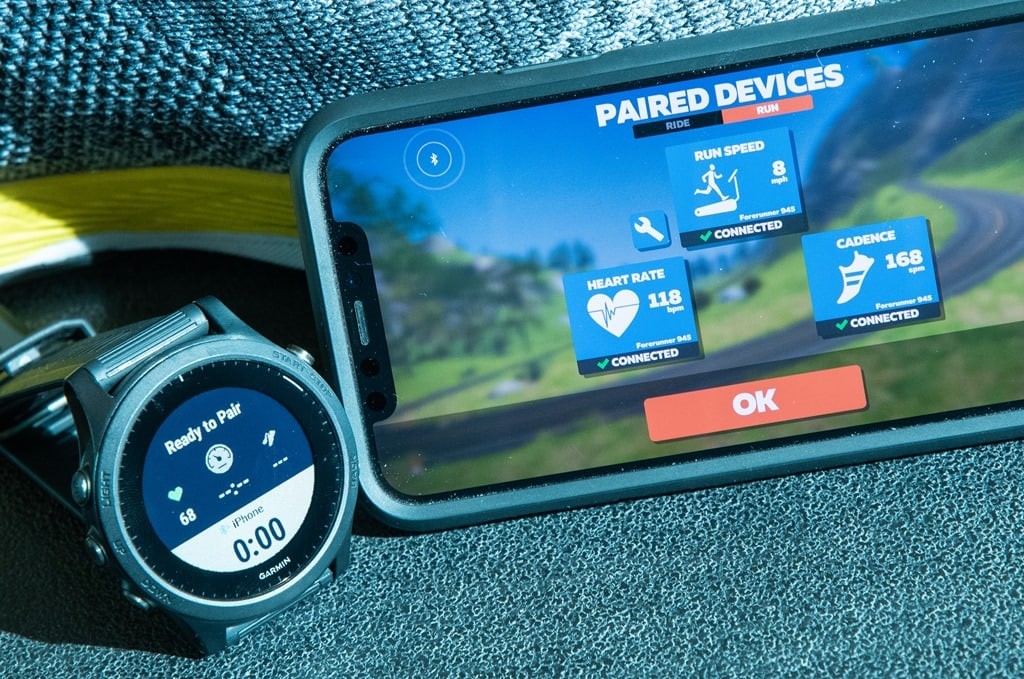
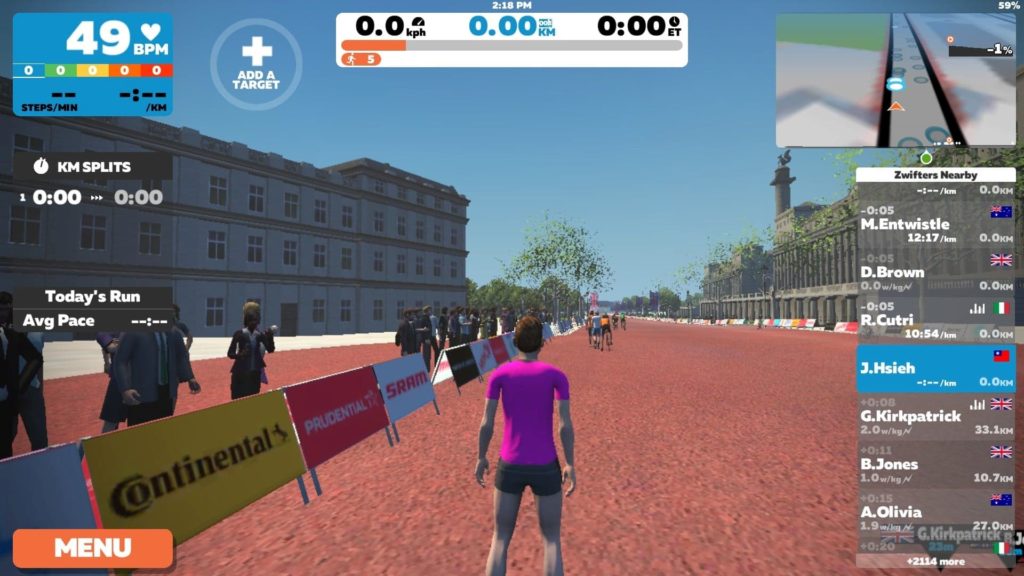
If you want to have a running environment that is controllable, safe, and without an excessive contact with people, treadmills are indeed a worthwhile investment. However, treadmills can also easily become an obstacle due to impulsive consumption. Unless you are certain that you will use it frequently, or else think twice before buying it.




